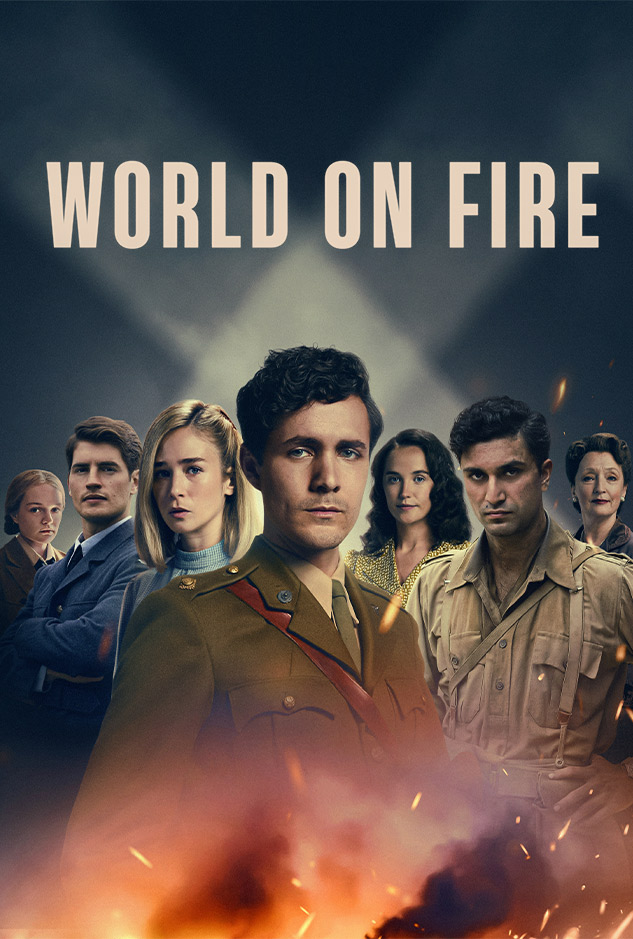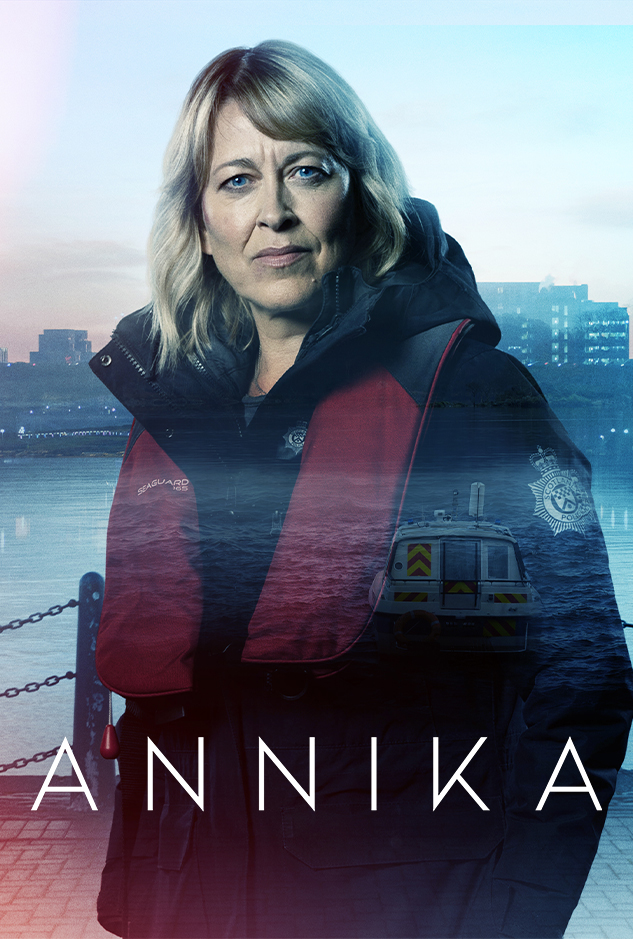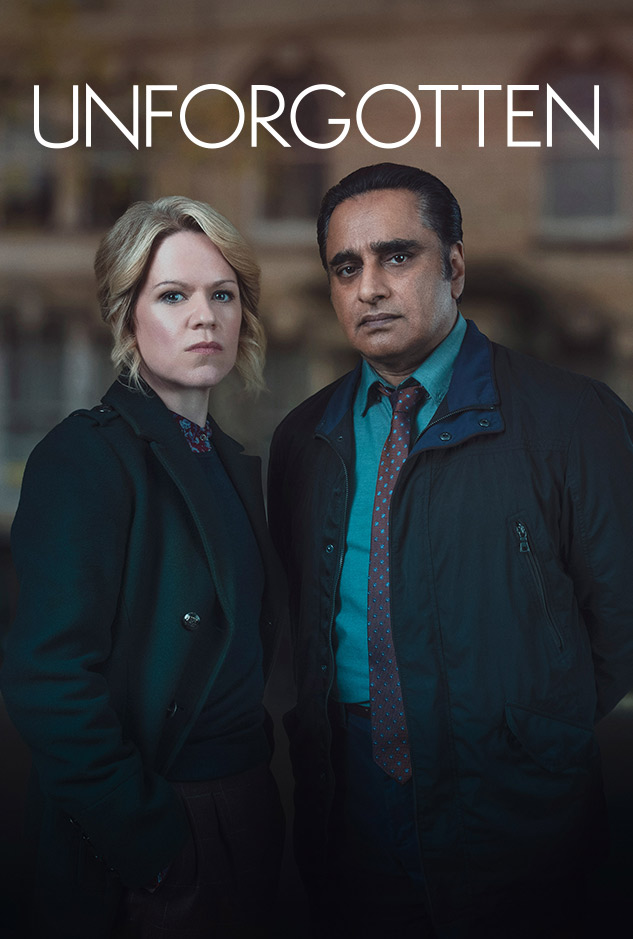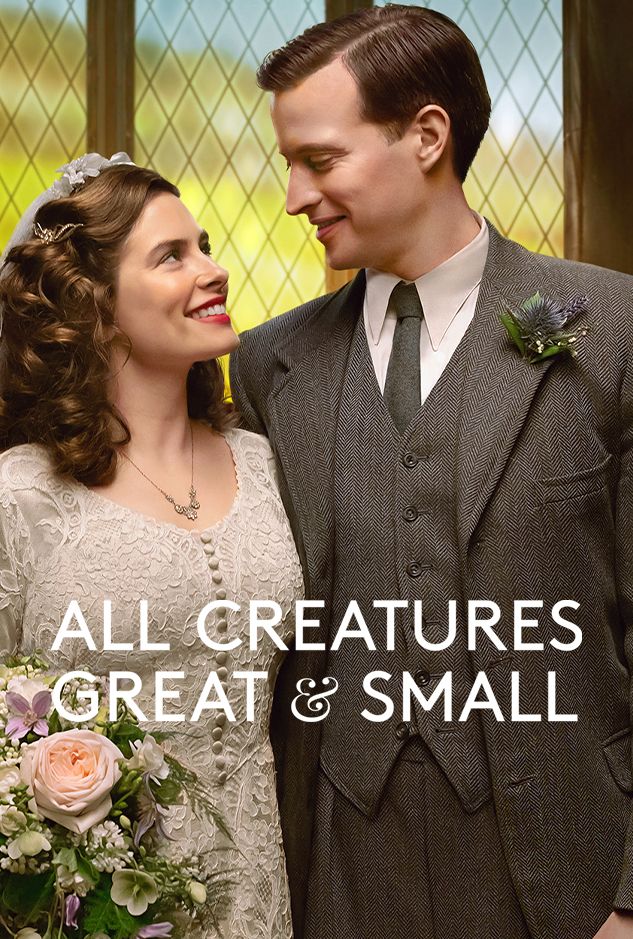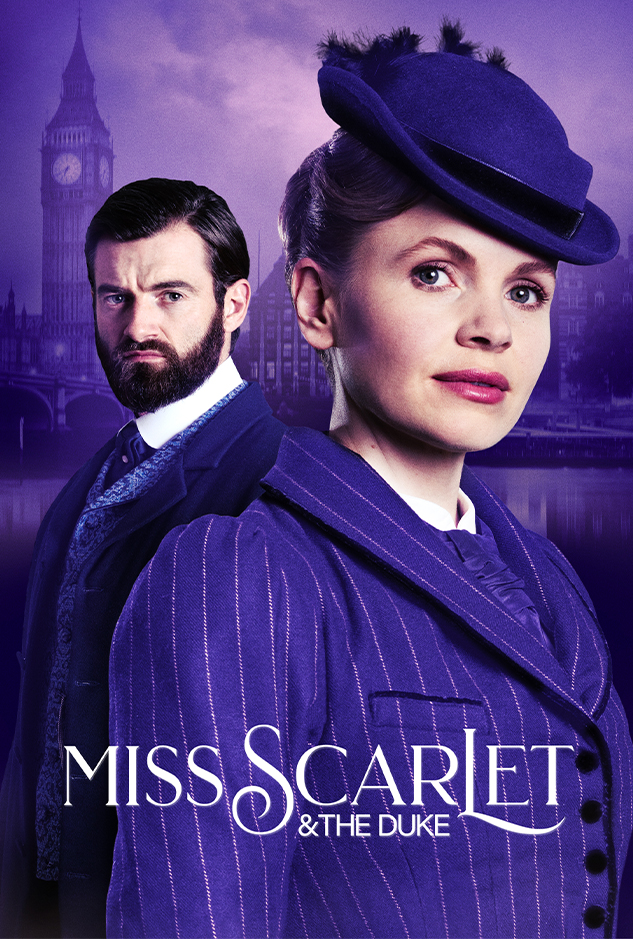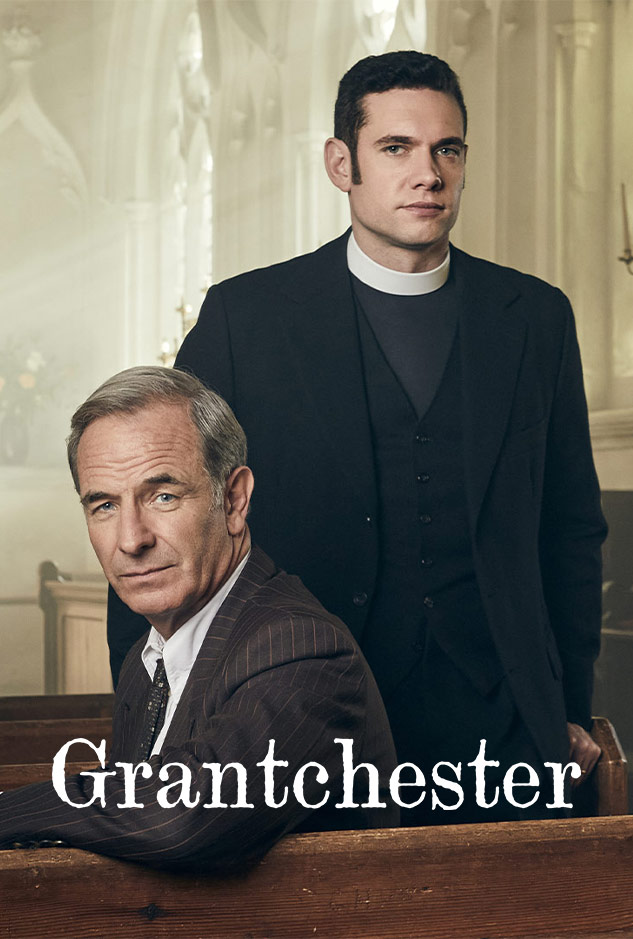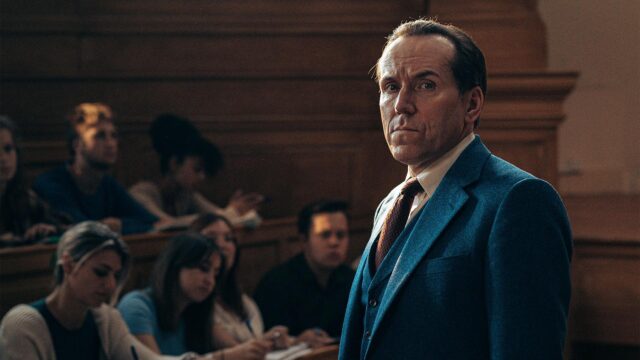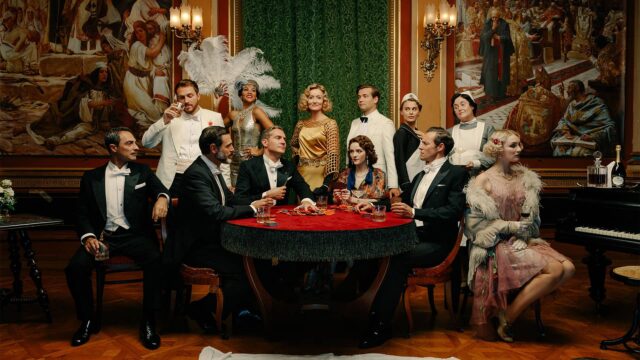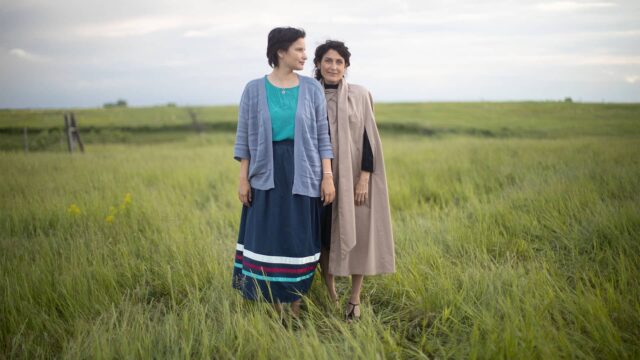History in Images: Victoria Episode 5
Queen Victoria survives her fifth assassination attempt, and makes her first visit to Ireland, a country that has been ravaged by famine. View images and learn more about the real history behind episode 5.
- 1.
The 1849 Assassination Attempt on Queen Victoria

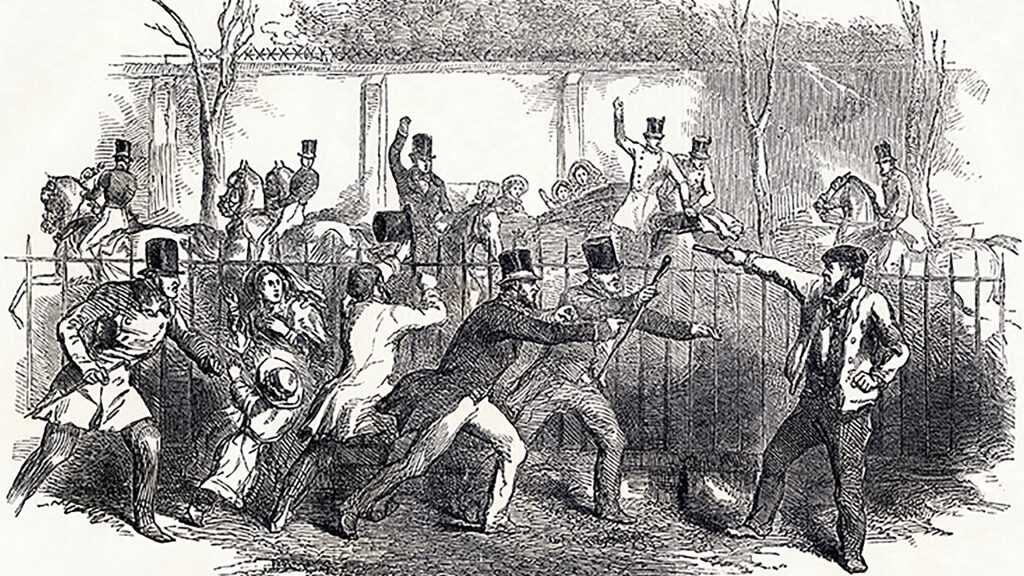
Victorian engraving of Hamilton shooting at Queen Victoria, from The Illustrated London News dated 26th May 1849
Victoria’s carriage ride through the park take a sinister turn, when a would be assassin takes aim at the queen.
On May 19, 1849, Queen Victoria made a public appearance, riding through Hyde Park in an open carriage. Three of her children were with her: Prince Albert (Bertie), Princess Alice, and Princess Helena. Prince Albert had been riding alongside the carriage on horseback, but had just returned to the palace. The carriage exited the park and was making its way along Constitution Hill, when a young man, by the name of William Hamilton, fired a pistol at the queen.
Hamilton was an Irishman, unemployed and down on his luck. Originally from County Limerick, Ireland, he had spent a short time in prison for taking part in the 1848 Paris uprisings. Some say he was angry with Britain’s lack of assistance during the years of the Irish famine, but other sources report that he had no political axe to grind, and was simply trying to get arrested to secure himself a bed in prison. In any case, it’s unlikely he was truly aiming to kill: the pistol was found to be unloaded and the queen was uninjured. Hamilton was swiftly subdued by a park attendant. He was later judged to be insane, charged with treason, and sentenced to five years hard labor in Gibraltar.
The Hamilton incident was the fifth of eight unsuccessful assassination attempts on Queen Victoria during her reign.
- 2.
Queen Victoria Visits Ireland


Royal visit to Ireland, Queen Victoria leaving Dún Laoghaire (then Kingstown), Dublin, 1849
In Episode 5, Victoria visits Ireland, a country wracked with instability after being devastated by a catastrophic famine.
Queen Victoria’s first visit to Ireland took place at the tail end of the Irish famine, Known as “The Great Hunger”. Across Ireland, an estimated one million people had died from starvation or disease, and another million had emigrated, many to America.
Queen Victoria intended her visit to be a show of solidarity with her impoverished Irish subjects, but many thought the trip to be ill-advised. The country’s economy was in turmoil and many Irish, resentful over the scarcity of British assistance during the famine, were clamoring for independence from Britain. There was concern that escalating tensions might interfere with the queen’s visit, putting her in harm’s way or, at the very least, causing her embarrassment.
Fears for the queen’s safety appeared overblown when, on August 2, 1849, she arrived at the port of Cobh, on the south coast of County Cork, and was met by joyously cheering crowds. Victoria renamed Cobh ‘Queenstown’ to mark where she first stepped on Irish soil. In Cork she was met with flowers and triumphal arches. The queen wrote in her journal, “At the last triumphal arch, a poor little dove was let down into my lap, with an olive branch round its neck, alive and very tame.”
Victoria spent 11 days in Ireland, visiting Cork, Dublin, and Belfast. Her journals describe how deeply touched she felt by the affection and loyalty shown to her by the Irish people. The visit was considered a public relations success.
- 3.
Emily Lamb, Viscountess Palmerston


Portrait of Emily Lamb, Countess Cowper by William Owen, ca. 1810
In Ireland, Victoria and Albert stay at Classiebawn, a castle built by and belonging to Lord Palmerston. There they meet Palmerston’s wife Emily, the beautiful and non-conformist Viscountess Palmerston.
Emily Mary Lamb was born on April 21, 1787, the fifth of six children. William Lord Melbourne,who played such a big role in Victoria’s early reign,was her younger brother. Emily’s first marriage to the wealthy but rather lackluster Lord Cowper was by all accounts a loveless one. Emily’s charm, warmth, and vivacious nature were in stark contrast to her husband’s somber persona. Though very unusual for the times, they had a discreetly open-marriage and, while Emily had five children (three boys and two girls), only her first son can with any certainty be attributed to Lord Cowper. Her youngest child, Frances, was doubtlessly fathered by Henry John Temple (Lord Palmerston); she was not the only one of Emily’s children that strongly resembled Palmerston.
Lord Cowper died in June 1837, seven days after Victoria became queen. The young queen leaned heavily on Lord Melbourne for political advice and he, in turn, looked to Emily for guidance on handling Victoria. On December 16, 1839, Emily married Lord Palmerston and they were said to be very happy together. Throughout their marriage Emily provided tremendous support for Palmerston and his political ambitions. A prominent member of London’s nobility, she hosted Saturday soirées that were packed with the crème de la crème of society and government.









